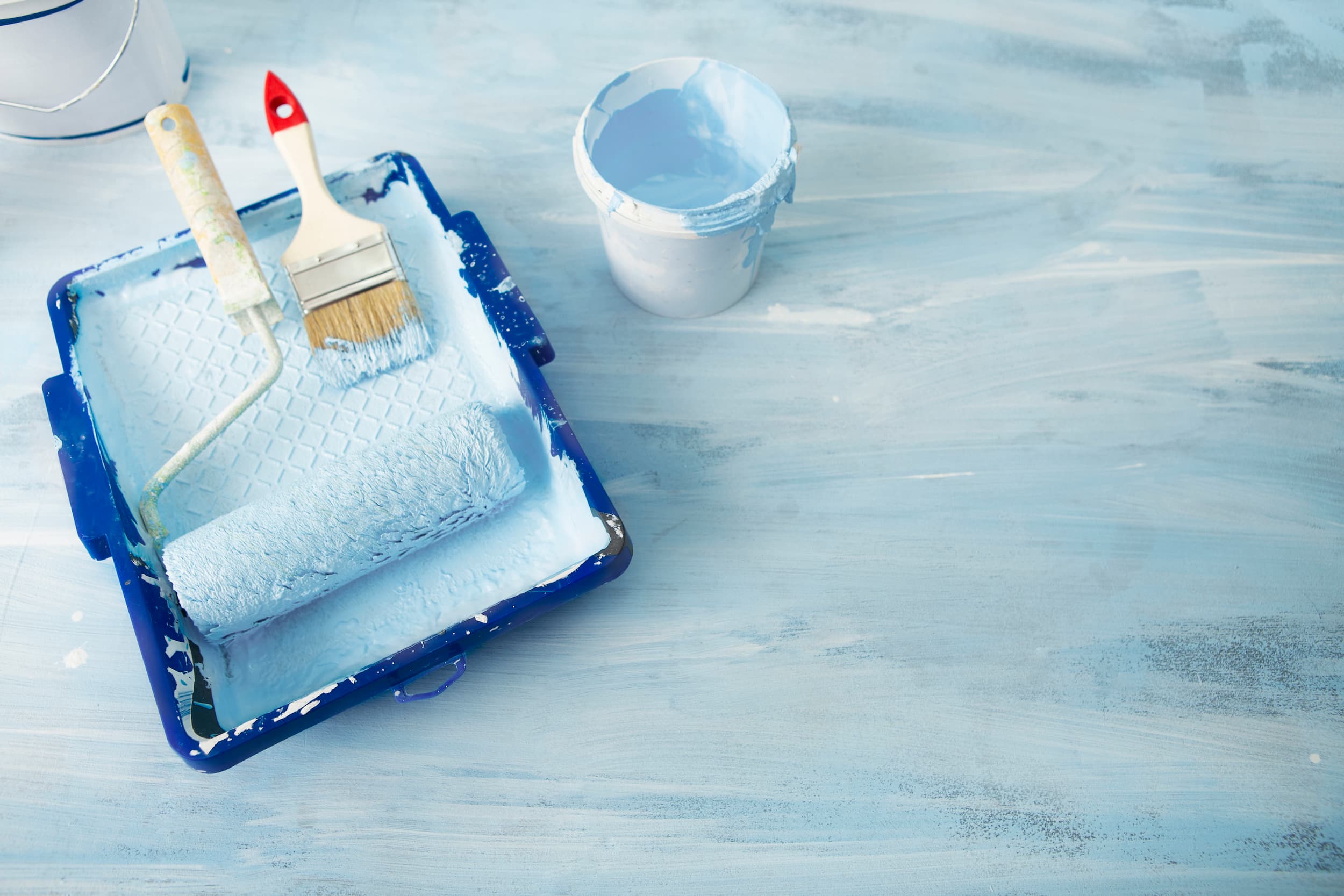
How to choose a Titanium Dioxide
Titanium Dioxide (TiO2) is a white inorganic compound that sees significant use as a white pigment, especially in the manufacture of paints, coatings, printer ink and plastics, as well as in the production of papers, pharmaceuticals, food products and cosmetics, among others. Choosing the type of titanium dioxide that works for you will mostly depend on its ultimate use and the types and characteristics of the titanium dioxide.
What is titanium dioxide?
TiO2 is composed of one titanium atom and two oxygen atoms, and its CAS registry number is 13463-67-7. It is quite good at scattering light, offering luminosity (what we call a high refractive index) without being toxic or reactive, allowing for intensifying the whiteness and shine of many materials in a safe manner. The shine, chromatic intensity, opacity and whiteness that it offers are unique.
TiO2 is considered to be chemically inert, which means that it does not react with other chemicals.
Both its melting point (1843 °C / 3349 °F) and its boiling point (2972 °C / 5382 °F) are extremely high, which means that it is found in nature in a solid state and is insoluble in water even as a particle.
TiO2 Varieties
Among the existing varieties of TiO2, the most conventional forms are RUTILE, which sees the most widespread use worldwide, and ANATASE, which sees more use in the pharmaceutical, cosmetics and food industry.
Titanium Dioxide production methods
There are two methods to produce TiO2: a sulfate process and a chloride process.
In the sulfate process, the mineral is dissolved in sulfuric acid and extracted as sulfate salts, and is then subjected to hydrolysis, calcination and a milling stage, where any remnant of sulfuric acid is broken down and crystals of the required size are formed. In the chloride process, chlorine is used instead of sulfuric acid, where Rutile is transformed into titanium chloride, and the titanium chloride oxidizes, thereby obtaining it through a more affordable process.
Main Characteristics of Titanium Dioxide
The various forms of TiO2 are characterized by usually being subjected to a surface treatment that improves their properties in regard to dispersibility, coating capabilities, surface compatibility and low oil absorption. These treatments are commonly inorganic, with the use of alumina, silica and zinc.
When choosing a variant of titanium dioxide you must analyze the following:
- Whiteness – it is important for the TiO2 not to turn yellow and to have an adequate shininess.
- Dispersibility – that it is easy to add into the system.
- Opacity – that it has excellent coating properties.
- Oil absorption – that it is as low as possible.
If you need technical advice, please do not hesitate to contact us.
















